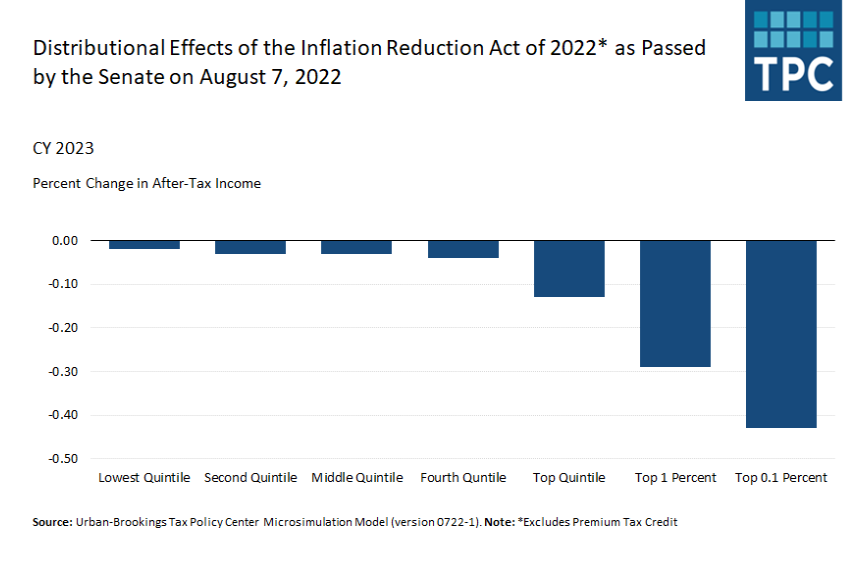IRS Direct eFile Pilot Program: Prefilled Tax Returns
The Internal Revenue Service (IRS) recently released a study on the feasibility of a government-run direct file program for taxpayers ahead of the agency’s planned start of a Direct eFile pilot program in the upcoming 2024 tax filing season. While a prefilled tax return may sound like it would make filing season less stressful, the current U.S. tax code is too complicated for it to work. Lawmakers should focus first on simplifying the tax code and strengthening existing taxpayer service before implementing a direct file program.
The IRS estimates that taxpayers spend about 13 hours filing a return at an estimated cost of $250, adding up to $339 billion in total compliance costs annually. A prefilled tax return would allow taxpayers to pay their taxes without filing a tax return, with the goal of reducing taxpayer compliance burdens, increasing tax compliance, and incentivizing taxpayers to file their returns electronically.
Prefilled returns can be accomplished through two different systems: an exact withholding system (EWS) or a tax agency reconciliation system (TARS). Under an EWS, the government tries to withhold the exact amount of tax due over the course of the year by requiring the taxpayer to provide information to their employer or tax agency at the beginning of the year. Under a TARS, the government would use third-party information, such as from a taxpayer’s bank and employer, to prepare a return for the taxpayer. The taxpayer would review the return for accuracy, then pay any taxes owed or receive a refund.
The IRS direct file study estimates such a system would cost anywhere from $64 million to $249 million annually, depending on usage and scope. Most of the cost would be to provide customer support—something the IRS currently struggles to do well. Before the IRS could implement a direct file program, it would need to address its current, long-standing operational deficiencies and determine how it would coordinate with state and local filing requirements.
Additionally, a report by the Internal Revenue Service Electronic Tax Administration Advisory Committee (ETAAC) “recommends the IRS and Congress evaluate making improvements in the communication, marketing, and accessibility of existing free tax filing programs before investing in the development and implementation of an IRS Direct eFile platform.” The report highlights how taxpayers vastly underutilize the current IRS Free File program, which allows taxpayers to file tax returns for free in partnership with filing software companies. Of 104 million eligible taxpayers, less than 3 million used the IRS Free File program to file their 2017 federal income tax return. A Direct eFile program run by the IRS may face similar challenges and require significant advertising spending to get taxpayers to use it.
A previous Tax Foundation blog post notes several reasons why prefilled tax returns are not a practical option:
- It’s more likely to result in overpayments.
- It separates taxpayers from their liability.
- It means surrendering a great deal of privacy.
- It requires a simpler tax code.
- American taxpayers haven’t embraced the idea.
Ryan Ellis, an IRS Enrolled Agent, conducted an experiment that further suggests prefilled tax returns won’t work. He tested the IRS Substitute for Return program by preparing returns for hypothetical taxpayers and compared the results to the tax liability he calculated as a professional tax preparer, finding in each case that his preparation led to better taxpayer outcomes.
Perhaps the largest barrier to prefilled tax returns is the complexity of the U.S. tax code, which contains benefit programs for education, healthcare, housing, child care, energy, and more. Even an IRS-designed software platform cannot properly assess the deductions and credits taxpayers qualify for because it depends on specific situations for which third-party data does not exist.
Prefilled tax returns have been tested in 36 countries across the world and here in the U.S.—California tried a pilot program in 2005 known as “Ready Return” that has since been canceled. The results of such systems vary; they can create disproportionate burdens on small businesses and often require taxpayers to file their own returns if their situation is more complicated.
A study by Miguel Fonseca and Shaun Grimshaw of the University of Exeter attempted to simulate the effects of prefilled tax returns, finding little to no increase in compliance, and potentially negative effects on compliance if taxpayers face barriers correcting incorrectly populated values.
On the other hand, Estonia is an example of a country where prefilled tax returns have worked thanks to the simplicity of their flat 20 percent individual income tax system. The tax agency compiles taxpayer information from banks and employers to create prefilled tax returns for taxpayers, and as a result of the simplicity, taxpayers can file their taxes in about three minutes. Tax Foundation recently analyzed the economic and compliance cost benefits of reforming the U.S. tax code to match that of Estonia’s, finding a boost to long-run GDP of 2.5 percent and potential compliance savings of more than $100 billion annually.
It is hard to imagine the IRS Direct e-File Program operating seamlessly with the complexity of the current U.S. tax system. Instead, lawmakers should first address the more fundamental problem that causes taxpayer frustration: our highly complicated tax code.



.png)


